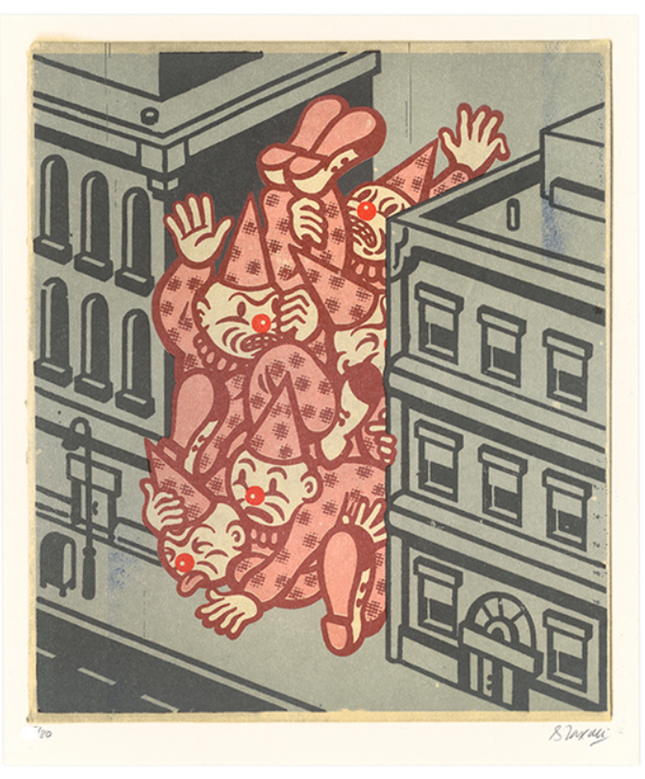
Clowns: A Symbolic Representation in Street Pop and Graffiti Art
With their exaggerated features and complex symbolism, clowns have been a recurring motif in various art forms, including street pop art and graffiti artwork. In these genres, clowns are not just figures of humor and entertainment but are often used to convey deeper, sometimes darker meanings. Artists have utilized clown imagery to explore themes ranging from identity and societal roles to political satire and commentary on the human condition. The versatility of clowns, capable of evoking emotions from joy to discomfort, makes them a potent symbol in the hands of street and pop artists.
The Evolution of Clown Imagery in Modern Art
Over time, the portrayal of clowns in street pop art and graffiti has evolved, mirroring societal attitudes and artistic trends. Modern representations have become more nuanced and layered initially depicted in more traditional, circus-like settings. Contemporary artists often use clowns to comment on the absurdity of daily life, the masks people wear in society, or the blurred lines between reality and facade. This shift reflects a broader trend in street art and graffiti, where traditional symbols are reinterpreted to fit the context of modern urban life and its complexities.
Cultural and Social Commentary Through Clown Portrayals
In street pop art and graffiti, clown imagery often serves as a cultural and social commentary medium. Artists may use clowns to critique political figures, celebrity culture, or societal norms, employing irony and satire as powerful tools. These artworks can be thought-provoking, inviting viewers to question the status quo and consider alternative perspectives. The clown, often a marginalized or misunderstood figure in society, becomes a symbol through which artists can explore themes of alienation, identity, and the human psyche.
Clowns in Public Spaces: Interaction with the Audience
Placing clown-themed street pop art and graffiti in public spaces adds another dimension to its impact. These artworks interact with a diverse audience, often unexpectedly, creating a dialogue between the artist, the artwork, and the public. The varied reactions to clown imagery – from amusement to discomfort – highlight the robust emotional response that this symbol can evoke. This public aspect of street art and graffiti allows clown motifs to become part of the urban landscape, reflecting and affecting the mood and character of their spaces.
Future Trends in Clown Imagery in Street and Pop Art
Looking to the future, the role of clowns in street pop art and graffiti will likely continue evolving. As artists seek new ways to engage with audiences and comment on an ever-changing world, the clown's rich history and emotional depth will remain a relevant and compelling symbol. Whether used to bring joy, provoke thought, or challenge perceptions, clown imagery in street and pop art will continue to be a significant and dynamic element in contemporary art.

